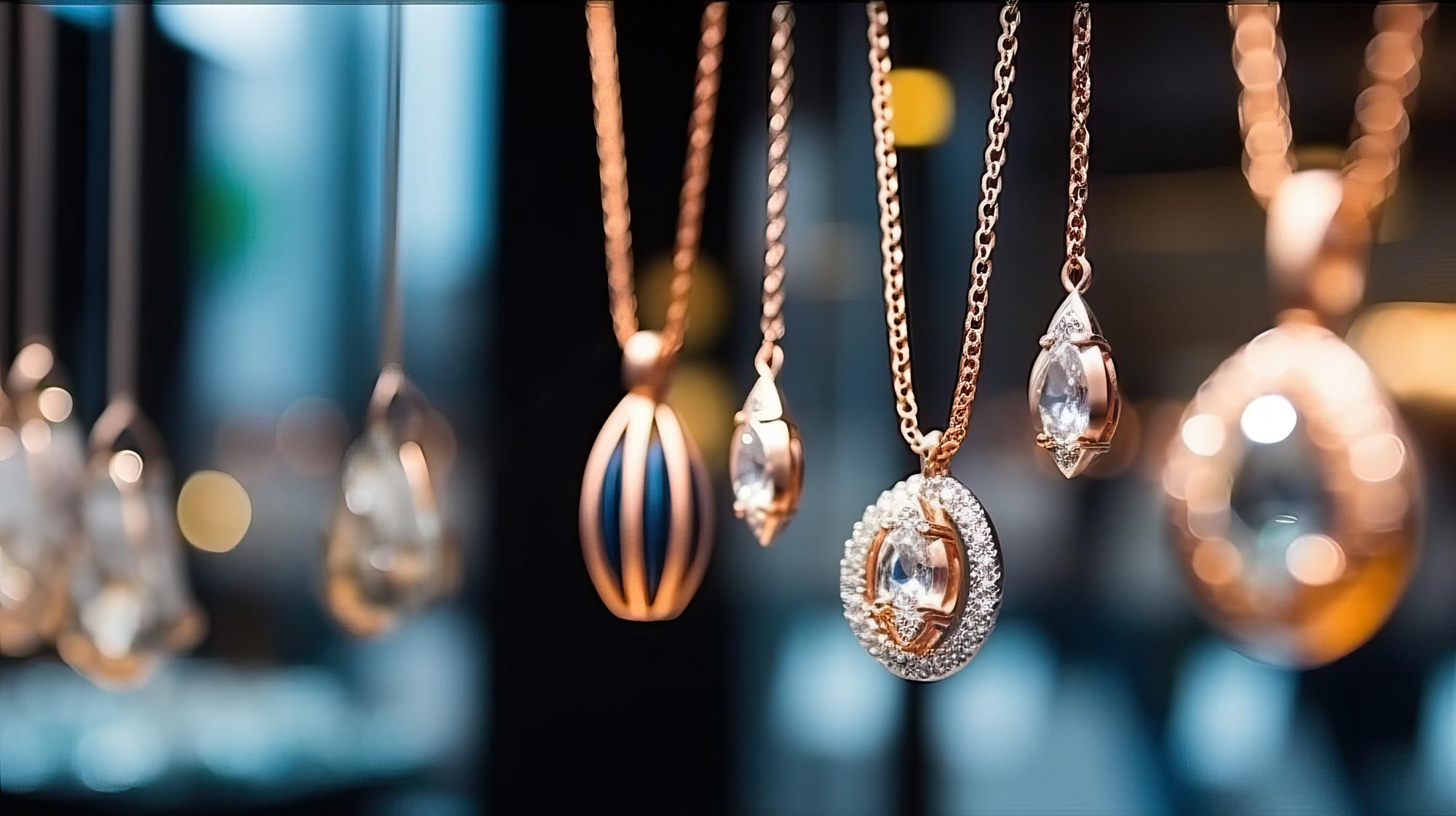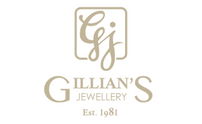- Your cart is empty
- Continue Shopping
Vintage and Antique Jewellery: Consideration of Materials and Craftsmanship

Photo Source: The Queen’s Diamond, by Hugh Roberts. HM The Queen, photographed by Yousuf Karsh in 1985, wearing the great Cullinan Brooch, the Cullinan IX Ring and the Engagement Ring.
Vintage and antique jewellery possess a timeless allure, captivating us with their exquisite craftsmanship and the allure of the past. Beyond their aesthetic charm, understanding the significance of materials and craftsmanship is essential when exploring these jewellery pieces. Before we understand how to blend vintage and antique jewellery into our modern style, we need to understand the materials that were used.
In this comprehensive exploration, we delve into the world of vintage and antique jewellery to unravel the secrets hidden within their materials and craftsmanship. From the metals that form the foundations of these treasures to the intricate techniques employed by skilled artisans, let’s embark on a journey that unravels the history and artistry behind these adornments.
The Foundations: Precious Metals
One of the first considerations when examining vintage and antique jewellery is the choice of precious metals. These metals form the structural basis for the pieces, providing both stability and a canvas upon which artisans can work their magic. Understanding the metals used in vintage and antique jewellery is fundamental to appreciating their value and character.
Gold: A Timeless Classic
Gold, with its rich, warm hue, has been a treasured material for jewellery throughout history. It is durable, malleable, and resistant to tarnish, making it an ideal choice for creating intricate designs. The use of gold in jewellery dates back thousands of years, and different eras brought variations in gold purity and style.
Yellow Gold
Yellow gold, with its distinct golden colour, is a classic choice for vintage and antique jewellery. It has been used extensively in various eras, from the Victorian era’s romantic jewellery to the bold and opulent designs of the Art Deco period.
Rose Gold
Rose gold, often called pink gold, is characterised by its warm, rosy hue. It gained popularity in the 19th century and became a favourite during the Edwardian era, known for its delicate and feminine designs.
White Gold
White gold, introduced in the early 20th century, offers a lustrous, silvery appearance. It became a staple of Art Deco jewellery, contributing to its sleek and modern aesthetic.
Green Gold
Also known as gray gold or Electrum, green gold is an alloy of gold and silver. It was used in ancient jewellery and regained popularity during the Arts and Crafts movement in the late 19th century.
Silver: A Shimmering Elegance
Silver, with its brilliant lustre, has been a favourite among jewellers for centuries. It is more affordable than gold but still carries a timeless appeal. Silver jewellery is known for its versatility and ability to complement various gemstones and designs.
Sterling Silver
Sterling silver, an alloy of 92.5% silver and 7.5% other metals (usually copper), is the most common form of silver used in jewellery. It is prized for its durability and suitability for intricate designs.
Coin Silver
Coin silver, often found in antique jewellery, contains a slightly lower silver content (around 90%) than sterling silver. It was prevalent in the early United States, where coins were melted down to create jewellery.
Platinum: The Epitome of Luxury
Platinum is the rarest and heaviest of all precious metals used in jewellery. It is naturally white, offering a bright, luminous appearance. Platinum jewellery is highly durable and resistant to corrosion, making it a symbol of enduring love and luxury.
Edwardian Elegance
The Edwardian era (early 20th century) was known for its delicate, lace-like designs in platinum jewellery. These pieces often featured intricate filigree work, milgrain detailing, and dazzling diamonds.
Art Deco Opulence
Platinum played a pivotal role in the glamorous jewellery of the Art Deco period. Its strength allowed for the creation of bold geometric shapes and striking gemstone combinations.
Other Metals and Alloys
In addition to these primary metals, vintage and antique jewellery may incorporate other metals or alloys for specific purposes or to achieve desired colours and effects. For instance, copper was often used to create a warm, reddish hue in gold alloys, while aluminium was used in some Art Deco pieces for its lightweight properties.
The Sparkling Centerpieces: Gemstones and Minerals
Gemstones and minerals are the stars of vintage and antique jewellery, adding brilliance, colour, and meaning to each piece. These exquisite materials have been cherished for their beauty and symbolism throughout history. When exploring vintage and antique jewellery, it’s essential to appreciate the role of gemstones and minerals in defining the character and value of these pieces.
Diamonds: Forever in Vogue
Diamonds, often referred to as a girl’s best friend, have maintained their status as the most sought-after gemstone in vintage and antique jewellery. These dazzling gems are revered for their hardness, brilliance, and timeless elegance.
Old Mine Cut and Rose Cut Diamonds
Vintage jewellery often features diamonds cut in styles that have evolved over time. The Old Mine Cut, for example, was prevalent in the 18th and 19th centuries, characterised by a cushion-shaped outline and small table facets. The Rose Cut, with its flat bottom and domed top covered in triangular facets, is another classic choice.
Diamond Shapes
Different eras favoured specific diamond shapes. The Art Deco period, for instance, embraced geometric shapes like emerald cuts and baguettes, while the Victorian era appreciated more traditional shapes like round and cushion cuts.
Coloured Gemstones: A Kaleidoscope of Choices
Coloured gemstones have been used in vintage and antique jewellery to add vibrant splashes of colour and deeper meaning to pieces. Some of the most beloved gemstones include:
Sapphires
Known for their rich blue hues, sapphires were favoured in vintage and antique jewellery for their regal and timeless appeal. The Art Deco period showcased sapphires in a variety of colours, including vibrant blues, striking yellows, and romantic pinks.
Emeralds
Emeralds, with their captivating green colour, have been cherished for centuries. Victorian jewellery often featured emeralds, symbolising rebirth and love.
Rubies
Rubies, the fiery red gemstones, have symbolised passion and love. They were commonly used in Art Deco jewellery to create striking contrasts with diamonds and other gemstones.
Pearls
Pearls, often associated with purity and elegance, have been used extensively in vintage and antique jewellery. Victorian-era pieces frequently incorporated pearls into their intricate designs.
Opals
Opals, with their iridescent play of colours, have been cherished for their unique beauty. The Edwardian era embraced opals, often surrounding them with diamonds and delicate filigree work.
Amethysts, Garnets, and More
Beyond the well-known gemstones, antique jewellery often featured a wide range of coloured gemstones, each with its own significance and charm.
Gemstone Settings and Styles
The way gemstones are set in vintage and antique jewellery can vary significantly, influencing both the aesthetics and durability of the pieces. Common setting styles include prong settings, bezel settings, channel settings, and pave settings, each offering a distinct look and level of gemstone security.
More detail on Stone Settings in these posts:
https://gilliansjewellery.com.au/types-of-stone-setting/
https://gilliansjewellery.com.au/stone-setting-how-to-choose-a-suitable-setting/
https://gilliansjewellery.com.au/stone-setting-claw-setting-rub-over-setting-considerations/
Intricate Techniques: Craftsmanship Unveiled
The true magic of vintage and antique jewellery lies in the intricate techniques employed by skilled artisans. These techniques not only enhance the beauty of the pieces but also serve as a testament to the craftsmanship of the era in which they were created.
Filigree and Granulation
Filigree is an ornamental work of delicate, intricate designs created from fine metal wires. It was prevalent in Edwardian and Victorian jewellery, adding an airy and feminine quality to the pieces. Granulation, a similar technique, involves attaching tiny granules of metal to a surface to create patterns and texture.
Engraving
Engraving is the art of incising designs or patterns onto metal surfaces. It can range from simple monograms to intricate floral motifs. Engraving was widely used in Victorian jewellery to personalise pieces and convey sentiments.
Repoussé
Repoussé is a technique that involves hammering metal from the reverse side to create a raised design on the front. This technique was prominent in Art Nouveau jewellery, allowing artisans to craft organic, flowing forms.
Filigree and Piercing
Filigree and piercing involve creating openwork patterns by removing portions of metal. These techniques were common in Art Deco jewellery, producing geometric designs and negative spaces.
Micromosaic and Micrography
Micromosaic is the art of creating miniature mosaic designs using tiny glass tiles. Micrography involves creating intricate designs using minuscule calligraphy. Both of these techniques were used in Victorian and Edwardian jewellery to craft miniature masterpieces.
Cloisonné
Cloisonné is a technique where metal wires are used to create compartments (cloisons) on a metal surface, which are then filled with coloured enamel. This technique was often used in antique jewellery to achieve vibrant, decorative effects.
Casting and Replication
Many vintage and antique pieces were created through casting, a process where molten metal is poured into a mould to replicate a design. This allowed artisans to produce intricate pieces with consistent detailing.
Chasing and Repoussé
Chasing involves using a hammer and various tools to create raised or recessed designs on metal. Repoussé, as mentioned earlier, is the opposite process, pushing metal from the reverse side to create raised patterns.
Gemstone Setting Techniques
Setting gemstones in vintage and antique jewellery required exceptional skill. Techniques like prong setting, where metal claws hold the gem in place, and bezel setting, which encases the gemstone in a metal collar, were used to secure gems while allowing their beauty to shine.
Handmade vs. Machine-Made
Understanding the difference between handmade and machine-made jewellery is crucial when assessing vintage and antique pieces. Handmade jewellery is often considered more valuable because it reflects the artisan’s individuality and craftsmanship. Machine-made jewellery, on the other hand, is typically less intricate and less valuable.
Hallmarks and Signatures
Many vintage and antique pieces bear hallmarks or signatures that indicate their origin, date, and maker. Hallmarks can provide valuable information about the piece’s history and authenticity. For example, British jewellery often bears hallmarks indicating the city, date, and maker.
Repairs and Alterations
Over time, vintage and antique jewellery may have undergone repairs or alterations. These modifications can affect the piece’s authenticity and value. When examining a vintage piece, it’s essential to assess whether it has been altered from its original state.
The Allure of Patina and Age
Vintage and antique jewellery often carry a patina or surface wear that results from years of use. This patina can enhance the character and authenticity of a piece, adding to its allure. While some collectors prefer their jewellery to be in pristine condition, others appreciate the subtle signs of age that tell a story.
Determining Authenticity
Authenticating vintage and antique jewellery requires a keen eye and, sometimes, professional expertise. Factors to consider when determining authenticity include the materials used, craftsmanship techniques, hallmarks, provenance, and historical context.
Appraisal and Valuation
Obtaining a professional appraisal of vintage and antique jewellery is essential, especially when considering purchasing or insuring valuable pieces. A certified appraiser can assess the piece’s value, authenticity, and historical significance.
Preserving the Legacy
To maintain the beauty and value of vintage and antique jewellery, proper care and maintenance are crucial. Regular cleaning, safe storage, and professional repairs when necessary can ensure that these treasures continue to enchant future generations.
Conclusion
The consideration of materials and craftsmanship in vintage and antique jewellery unveils a world of artistry, history, and timeless beauty. These pieces, crafted with precious metals and adorned with exquisite gemstones, reflect the skill and creativity of artisans throughout the ages. Whether you’re a collector, a connoisseur, or simply someone who appreciates the art of adornment, exploring vintage and antique jewellery is a journey that offers insights into the past and an enduring connection to the craftsmanship of yesteryears. It’s a testament to the idea that beauty truly stands the test of time.
